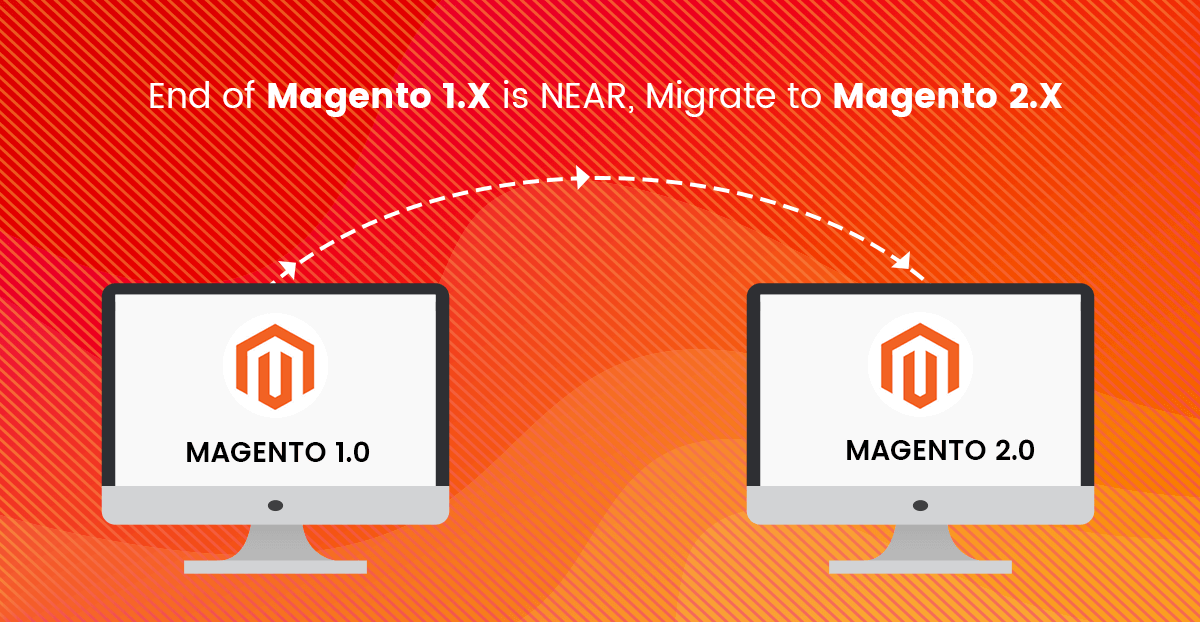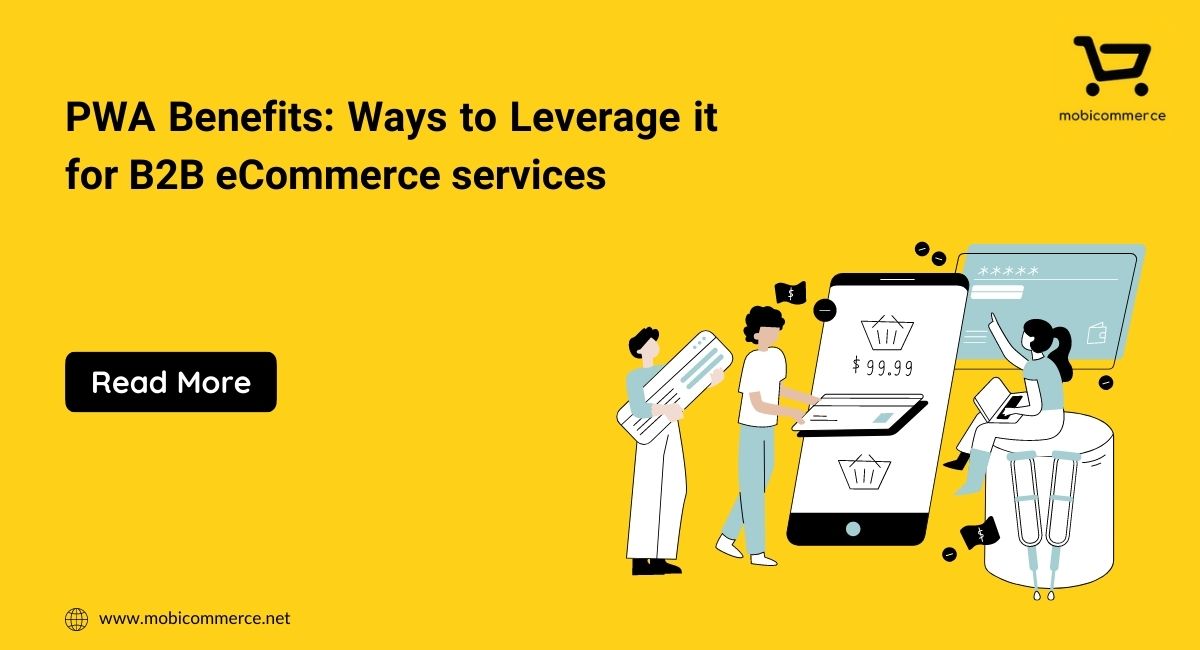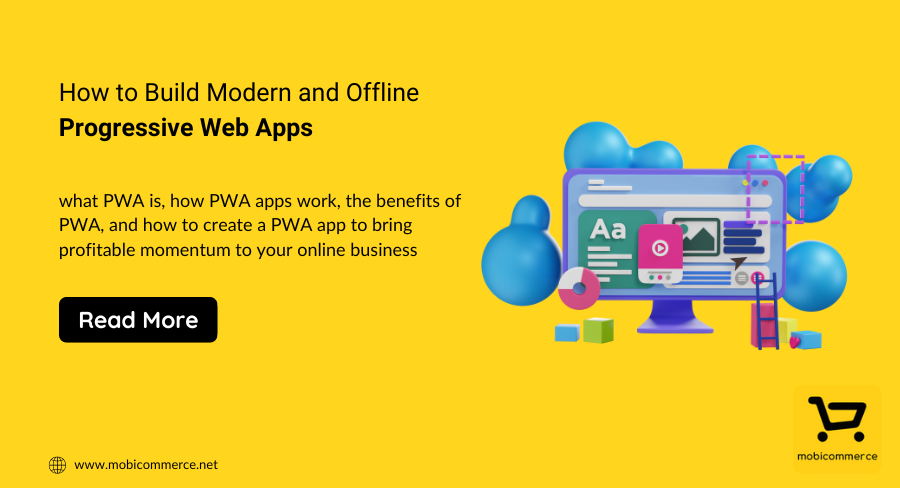
Magento is a leading eCommerce platform that empowers thousands of brands and retailers to innovate seamlessly and rapidly grow their online businesses. It’s flexible, reliable and open-source nature makes it a popular choice in the eCommerce industry.
Magento possesses a range of in-built functionalities and is highly scalable that promotes consistent growth of eCommerce businesses.
Magento 2, which was released in November 2015, boasts of powerful features including Redis, Cache CSS preprocessing, Code generation, user-friendly checkout, and Varnish support. The latest version of Magento 2 was released in November 2018.
The sad news is Magento 1 support is expiring by June 2020 which means many businesses are now urgently migrating from Magento 1 to Magento 2 for a continued online performance. And, we were wondering if your Magento-run eCommerce business needs an upgrade too?
If yes, then we have listed seven best practices for successfully upgrading your Magneto eCommerce store. Check them out:
Many a time, a project or task requires a faster turnaround which leaves the developers with limited time to do the job. That means they have limited time to stick to coding standards. The truth is they will complete the project on time, but the work will lack quality.
Magento 2 places much emphasis on the coding standards, which means it provides updated versions of the technology stacks for the developers to use to deliver quality work on quicker and on time. The stacks also boast of deployment flexibility and customization – which is not the case in Magento 1 at all.
One of the best things about Magento 2 is the amount of in-built features it offers for an eCommerce store. Let us take a look at a few:
A. Admin interface: If you compare the earlier versions of Magento, you will realize the new admin interface has many customizable features. The admins now get the option to personalize the admin panel to keep information handy. It also have faster product import capabilities.
B. Responsiveness: We live in an age where want a website to give us a seamless experience across devices. Thankfully, Magento 2 gets that and is responsive enough to fit any screen size to deliver a consistent shopping experience to the eCommerce customers.
C. Checkout: Magento 2 has made the last leg of the buying journey faster and smoother for customers. This was not the case with Magento 1. Now, lesser abandoned carts it is!
The beauty of Magento 2 is that it allows enhancements by allowing you to build your modules. That means you don’t need to do that from scratch, and instead, you can use the default code and override it as per your requirements. And this is perhaps the biggest reason behind the rapid adoption of Magento 2.
The whole process saves a lot of time and energy. If your developers follow consistency while naming files, methods, classes, and folders, then the framework will be much more sophisticated. Moreover, image compression is also directly possible on the server side using the built-in tools on Magento 2.
Clearing cache before doing any visual checks ensures the content is displayed correctly. If you don’t, then the codes will not run properly, and your eCommerce store gives trouble. In Magento 2, you can select varnish cache. It acts as a web accelerator, speeds up the store and also optimizes the performance of the website. Moreover, Magento 2 optimally leverages browser caching to ensure that all assets are stored.
Magento 2 is relatively different from Magento 1, so it is best for the developers to read up to avoid affecting the framework of an eCommerce store. For starters, Magento 2 doesn’t have any space for non-optimized codes as that will not contribute to enhancing the overall user experience and optimizing the website’s speed.
The proper approach is first to understand these codes and then apply them in whichever needed.
There is a simple rule around extensions: they need to be updated periodically. If they are not, they crash a lot and affect the system. One of the biggest reasons of migrating to the current version of Magento is that it makes third-party integrations hassle-free.
You don’t need to worry about updating those extensions
As your customer base increases, you are definitely going to require more resources and software systems to manage your giant customer base. At that time, your platform should be capable enough to seamlessly integrate your back-end systems with robust APIs and off-the-shelf extensions that speed your time to market.
When you migrate to Magento 2, your developers will be able to test the code before making it final and publishing the changes. The final step helps to figure out if any part of the store needs to be fixed and everything is working how it is supposed to.
The testing framework includes a couple of tests in Magento 2, including static tests, performance tests, unit tests, integration tests and more.
Magento 2 may require extensive additional coding but it based on a simple concept. If your developers are facing an issue while developing modules, then they should look up the Magento source code for support.
Since the competition is high, you have to make sure your eCommerce store performs well across the web and mobile. You can’t let your prospective customers bounce off before giving your brand a fair chance.
With proper upgradation, you can ensure your eCommerce store runs seamlessly, without any glitches, and optimizes your website traffic and performance. How soon is your store migrating to Magento 2?

In order to improve user experience, businesses are increasingly turning to progressive web apps, which combine the best features of regular apps and websites. Ecommerce businesses which have created mobile-first PWAs have seen significantly faster page loading times, better conversion rates and improved engagement. On average, a website using PWA can increase speed performance by… Continue reading PWA benefits: Ways to Leverage it for B2B eCommerce services

If you have a grocery store and you are looking to take your business to the next level, then this is the right time to invest in grocery mobile apps. A report by Oberlo suggests that online grocery sales in the US are expected to reach $160.91 by 2023. Not only this, the revenue continues… Continue reading How to Build a No-Code Online Grocery App in 2023?

Most businesses create an app to establish their business in the digital world. But after some time, these businesses end up investing much more money by creating different versions and similar apps for different operating systems to stay relevant in the market. Later on, this choice of businesses becomes painful as they spend more money… Continue reading How to Build Modern and Offline Progressive Web Apps
Sign up for our newsletter and be the first to receive all the latest updates.
Request a callback from us by filling the form below.

Get your project estimate. Brainstorm business ideas. Book a demo. Get complete support and so much more!